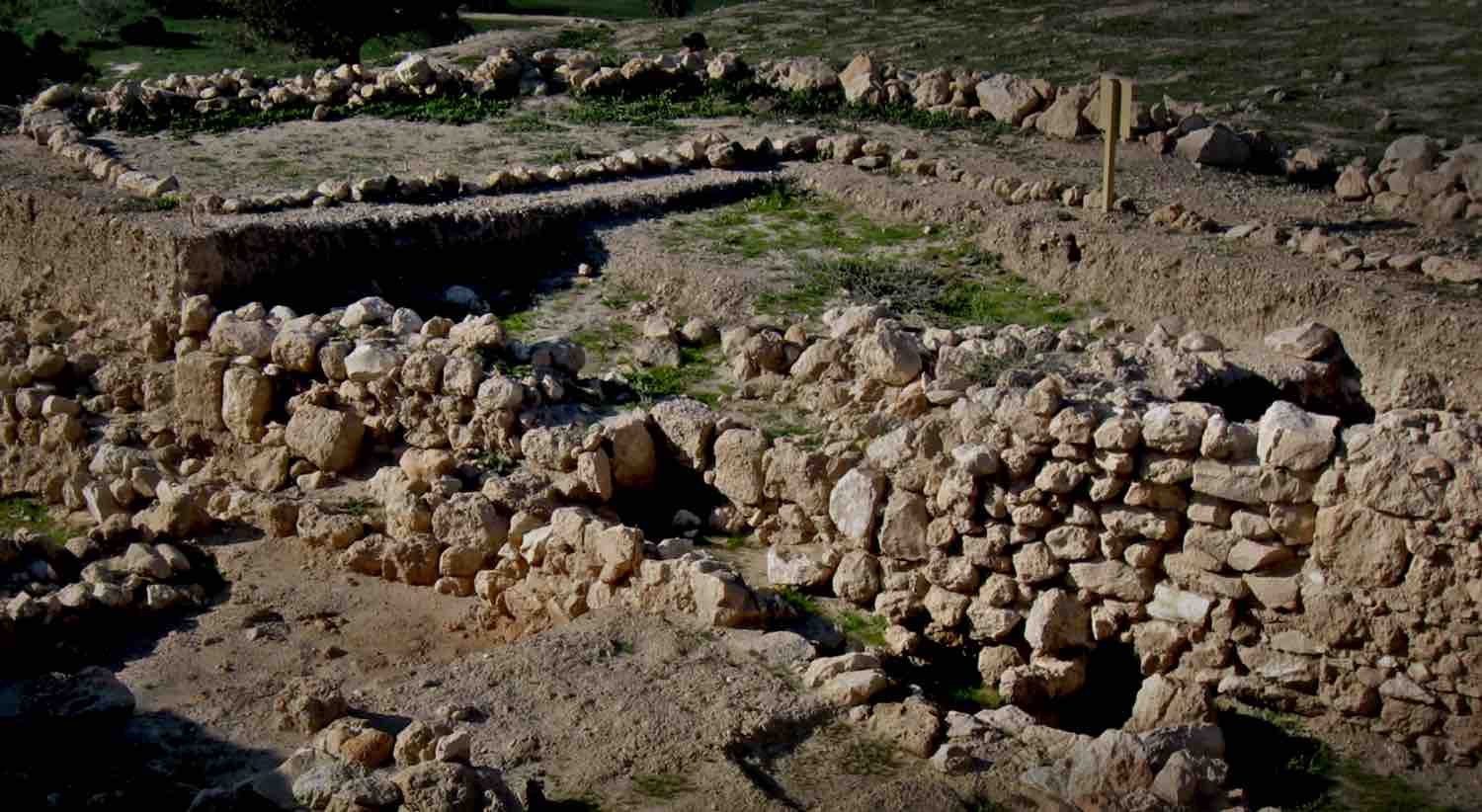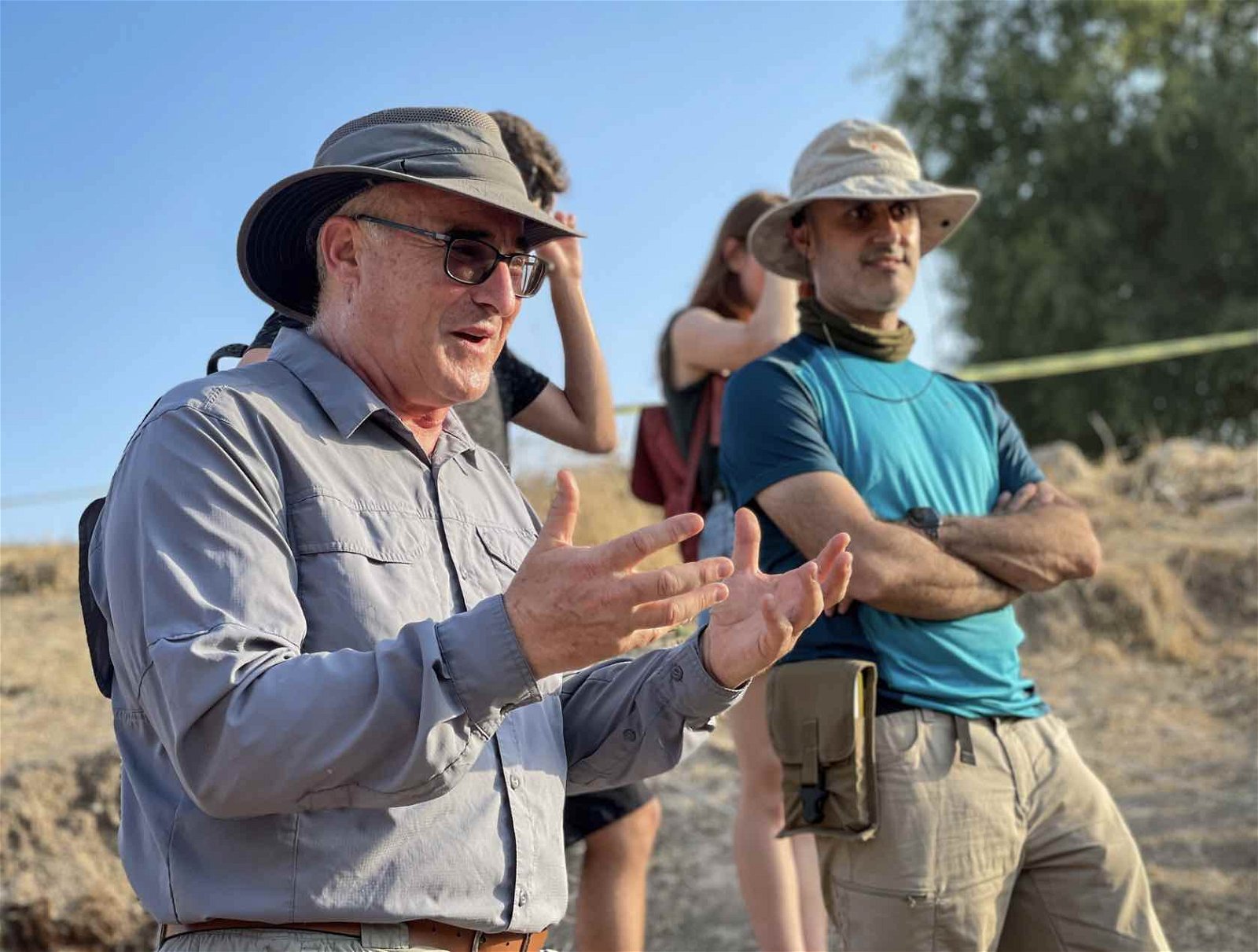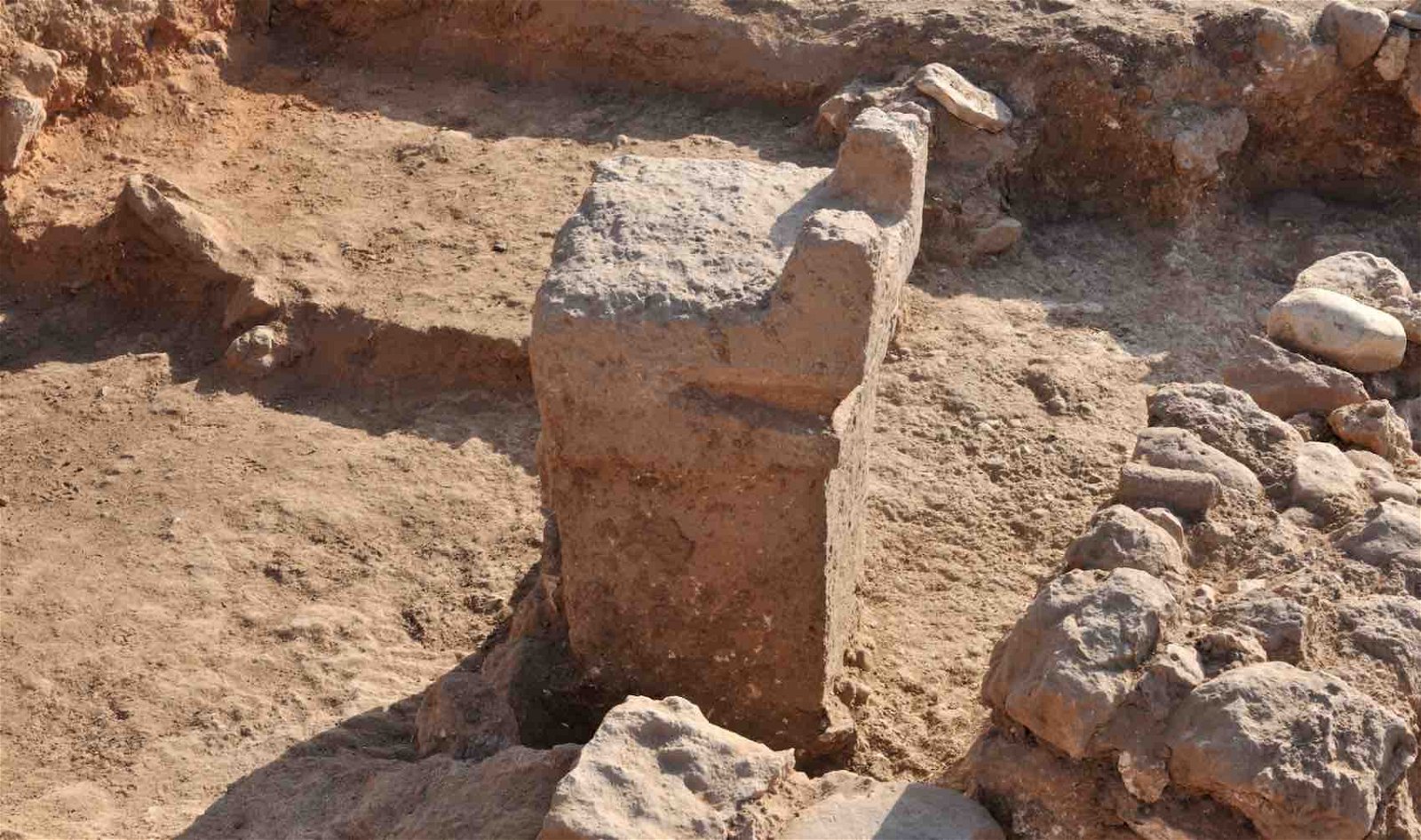Archaeologists report the discovery of botanical remains and archaeological evidence at a 3,000-year-old temple in central Israel that are helping to shed light on the mysterious ancient people of south Canaan known as the Philistines.
The new research involved the analysis of archaeological evidence that included close to 2,000 samples of burnt seeds and fruits from a temple site at Tell eṣ-Ṣâfī, the largest known Philistine settlement and one identified today as the ancient city of Gath, recognized in the Bible as the home of the giant Goliath.
According to a new paper detailing the findings published in Scientific Reports, the discoveries at Tell eṣ-Ṣâfī/Gath shed new light on the maligned Iron Age rivals of the Israelites, offering new insights into their adherence to cult worship practices linked to the Aegean, as well as evidence for their use of psychoactive substances.
Discoveries at the Birthplace of Goliath
Gath, one of the five Iron Age cities of the Philistines, is known today both from its mention in the Hebrew Bible and from ancient Egyptian references. Archaeologists believe that remnants of the city exist at modern-day Tell eṣ-Ṣâfī, a national park in central Israel.
Although the Philistines played a significant role in the cultural history of the southern Levant, there are few surviving historical resources from which a clear picture of them can be reconstructed. Today, most of what scholars have assembled draws heavily from their less-than-eloquent depiction in the Bible.
In their recent study, archaeologists with Bar-Ilan University in Ramat Gan, Israel, attempted to expand our knowledge of these ancient people, relying partially on burnt seeds and fruit recovered from the remains of an ancient temple at Gath spanning two successive periods of its use between the ninth and tenth centuries B.C.E.


The combined study of plant use at the site alongside archaeological data points to ritual practices, as well as the earliest known use of plants including chaste tree, crown daisy, and scabious, all of which have been previously linked to cult practices from later periods.
“These wide-spread Mediterranean plants were known so far only in later cults,” the authors of the new study write, which they link to “early Greek deities, such as Hera, Artemis, Demeter, and Asclepios.” Moreover, the findings point to the Philistine’s reliance on power they believed could be harnessed from fresh water and other sources “which influence human life, health, and activity.”
“In sum, our results offer novel insights into the culture of the Philistines,” the researchers write.
Psychoactive Rituals in the Iron Age
Among the botanical discoveries at Gath had also been evidence of poison darnel, or ryegrass,
a natural source of ergot fungi, which the authors note “contains an LSD-type alkaloid, known to be hallucinogenic, used by midwives and as a fortifying ingredient in brewing.”
“Its use in cultic contexts as a psychoactive is mentioned in relation to the Greek Eleusinian Mysteries, associated with cults of agriculture,” the authors further state.
The presence of psychoactive compounds of this sort offers potential links to Aegean cults that employed such substances. Additionally, the presence of chaste tree fruits and other botanical remains uncovered at Gath suggests a variety of ritualistic uses, namely those associated with female deities such as Artemis, Hera, and Demeter, whose cults involving death, fertility, and childbirth proliferated in the ancient world.
“These female deities accord with the wide occurrence of female figurines in Philistine contexts, the study’s authors write, adding that the discovery of figurines associated with them “connect Philistines with widespread cults of the Aegean or Mycenaean Great Mother Goddess.”
Expanding Our View of the Philistines
Aren Maeir, one of the new study’s co-authors and the Director of the Institute of Archaeology at Bar-Ilan University who leads the Tell es-Safi/Gath Archaeological Project, says the discoveries reveal several unique insights into the culture of the Philistines and challenge traditional vies that cast them as uncivilized.


The studies of botanical materials Maeir and his team retrieved during the excavations at Gath also reveal that the Philistines incorporated practices that borrowed from some of their neighbors in the region. This differs from earlier research, which often portrayed a more monolithic explanation for the cultural practices of the Philistines that, again, drew heavily from their depiction in the Bible.
“The Philistines used plants and agronomic practices that are both local and non-local,” Maeir told The Debrief in an email, noting that this “entangled character” of their culture has been reflected in other past studies of the Philistines.
Significantly, Maeir says the new findings also shed light on aspects of the destruction of the temple in 830 B.C.E. by Hazael, King of Aram Damascus, which are absent from the biblical account.
“We learned about the season in which the final temple was destroyed,” Maeir told The Debrief, “something not available from the biblical mention of this event, and most of the other evidence from this massive destruction that we had previously found.”
Additionally, Maeir says the team’s analysis of botanical materials recovered from Gath helped to deepen his team’s understanding of the environmental character of the site and its surroundings.
“We had previous studies that helped on this, but this helped us expand the issue substantially,” Maeir told The Debrief.
Overall, the team’s findings illustrate that the ritual use of plants unveiled at Gath offers an unprecedented view of the seasonality of rites in the Philistine tradition, as well as the role of agriculture, medical practices, and psychoactive activities in their culture.
Maeir says the new findings also “provided nice evidence, confirming other recent archaeological evidence, of close connections between Philistia and other regions and in particular the Judahites in the central hills.”
“This runs contrary to the primary way the relationship between the Philistines and the Judahites are described in the Bible—that of primarily enmity.”
The recent paper, “Plant-related Philistine ritual practices at biblical Gath,” co-authored by Maeir and colleagues Suembikya Frumin, Maria Eniukhina, Amit Dagan, and Ehud Weiss, appeared in Scientific Reports on February 12, 2024.
Micah Hanks is the Editor-in-Chief and Co-Founder of The Debrief. He can be reached by email at micah@thedebrief.org. Follow his work at micahhanks.com and on X: @MicahHanks.

